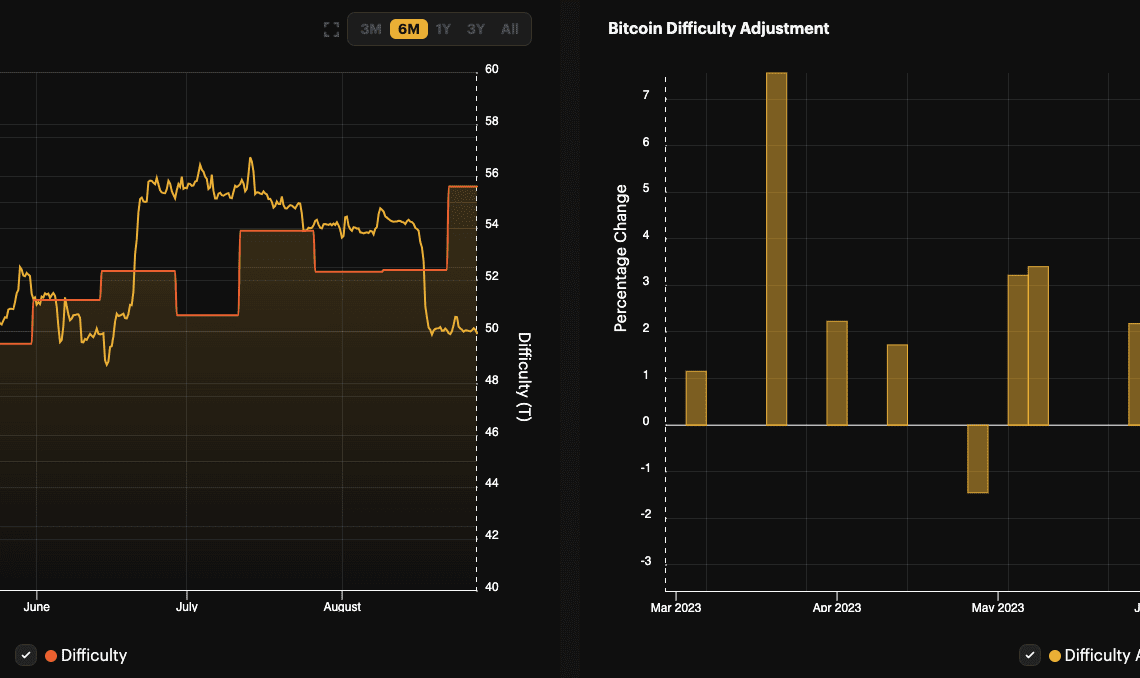The next Bitcoin halving event is less than 9 months away and the consensus opinion among analysts and investors is that the halving will send BTC price to a new all time high or even above $100,000.
Despite this belief, the absence of fresh inflow to the crypto market, the current macroeconomic headwinds and BTC’s recent price action below $30,000 do not inspire much confidence in this theory in the short-term.
In a recent interview with Paul Barron, Hut8 vice president Sue Ennis shared her thoughts on how Bitcoin price will rise above $100,000 in the next year and how the upcoming halving will impact BTC miners. Hut8 currently has a balance of 9,152 BTC in reserve, of which 8,305 is unencumbered. The company’s installed ASIC hashrate capacity sits at 2.6 ETH/s and Hut8 mined 44.6 BTC in July.
In the interview, Barron inquired whether rising Bitcoin difficulty for miners could induce a fresh wave of sell pressure against BTC price. Citing data from Hashrate Index, Barron observed that spikes in Bitcoin difficulty were followed by drops in BTC price.
Barron questioned if miners were selling Bitcoin as a result of the upcoming halving creating a need for more efficient ASICS, and whether BTC’s pre- and post-halving price action would not be as bullish as investors expected.
According to Ennis:
“There’s a lot of unprecedented dynamics that are happening now in the mining space. What’s interesting is hashrate continues to come online despite Bitcoin price trading in a certain band, we’re still seeing hashrate increase.”
Ennis elaborated with:
“What’s changed now is that we’re seeing BTC price come down a little but hashrate continues to go up. What’s exciting and different is we’re seeing tremendous amount of new entrants into the global Bitcoin network.”
Ennis referenced 6 gigawatts of nuclear and renewable energy being generated in the Middle East and with the governments within this region exploring Bitcoin mining as an option, this is bringing more hashrate online in a way that is somewhat price agnostic. This is drastically different from how publicly traded US-based and more forward facing miners operate.
In order to stay afloat after the halving, Ennis suggested that miners need to be in a position of avoiding being “single threaded,” i.e., they need more than one way of earning revenue beyond just mining Bitcoin.
Revenue diversification would…
Click Here to Read the Full Original Article at Cointelegraph.com News…
























